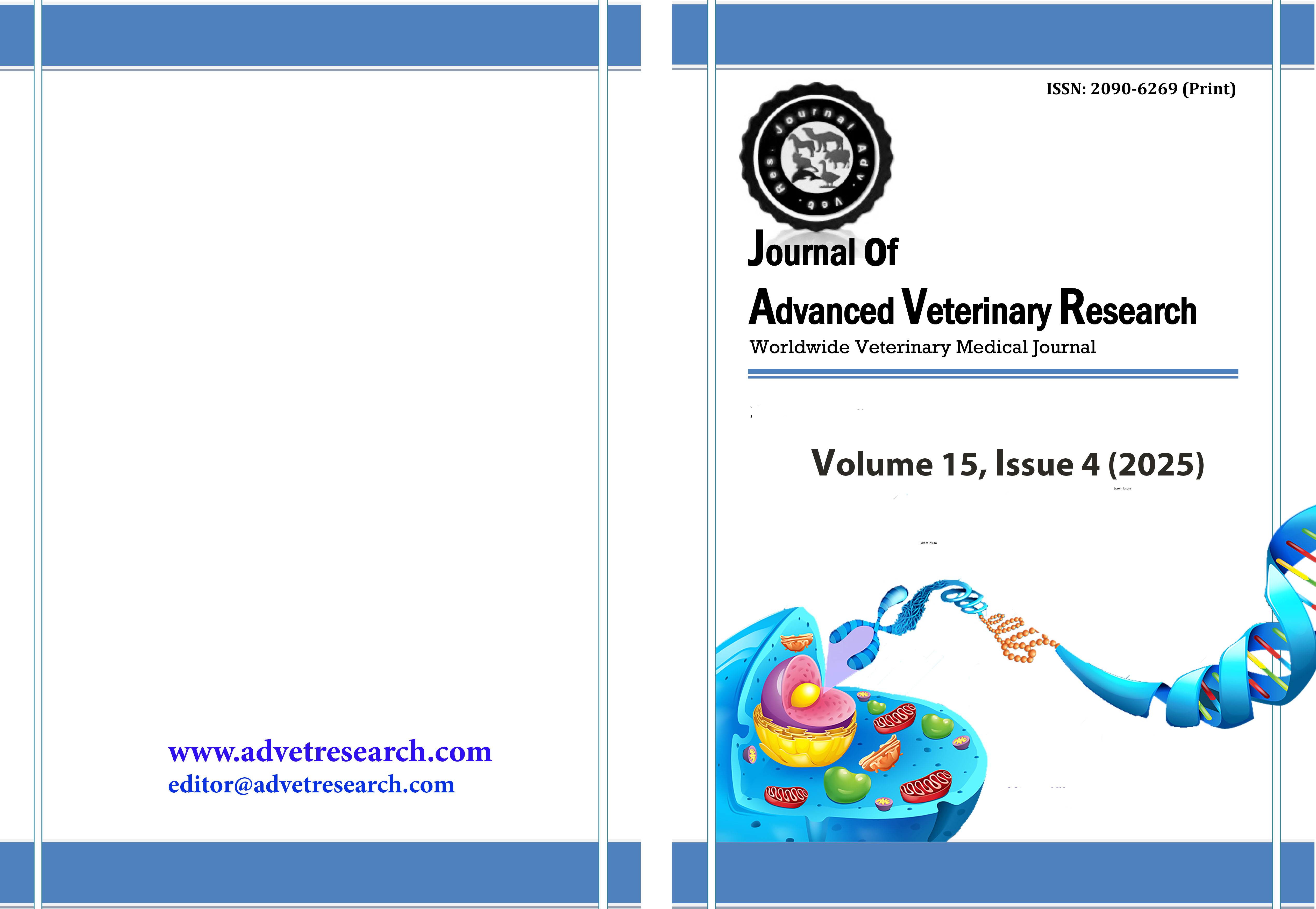Camelpox: The hidden threat to camel farming
Keywords:
Camelpox, CMLV, lesion, public health, virusAbstract
Camelpox is an infectious disease brought on by the camelpox virus (CMLV), a member of the Poxviridae family's Orthopoxvirus (OPV) genus. In 1909, camelpox was initially identified in India. It is believed that CMLV only spontaneously infects camels from the Old World. Since camels are utilized for transportation, racing, nomadic herding, and the production of milk, wool, and meat, camelpox is found in camel-breeding regions of Africa, the Middle East, and Asia north of the equator. The skin is typically where CMLV enters the body. The virus travels to local lymph nodes after local replication and the development of primary cutaneous lesions, resulting in leukocyte-associated viremia, which may be accompanied by fever. Genes that control or circumvent host immune responses, host cell apoptosis, and cell or tissue tropism are found in the CMLV genome. Postmortem examination of camels that died of a severe camelpox illness revealed several smallpox-like lesions on the mouth, respiratory (particularly the trachea and lungs), and digestive tract mucous membranes. One to three days after the fever starts, skin lesions such as erythematous macules, papules, vesicles, pustules, and crusts from ruptured pustules start to show up. For the diagnosis of camelpox, transmission electron microscopy (TEM), cell culture isolation, conventional polymerase chain reaction (PCR) tests, immunohistochemistry, and the presence of neutralizing antibodies are some of the suggested tests. Three ways exist for CMLV to spread: direct contact, indirect contact, and insect vectors. As an alternate treatment, antiviral medications might be used, particularly for young camels. A preventative method to stop the spread of camelpox in enzootic nations is the camelpox vaccine.
Downloads
Published
How to Cite
Issue
Section
License
Copyright (c) 2025 Journal of Advanced Veterinary Research

This work is licensed under a Creative Commons Attribution-NonCommercial-NoDerivatives 4.0 International License.
Users have the right to read, download, copy, distribute, print, search, or link to the full texts of articles under the following conditions: Creative Commons Attribution-NonCommercial-NoDerivatives 4.0 International (CC BY-NC-ND 4.0).
Attribution-NonCommercial-NoDerivs
CC BY-NC-ND
This work is licensed under a Creative Commons Attribution-NonCommercial-NoDerivatives 4.0 International (CC BY-NC-ND 4.0) license




